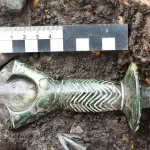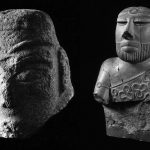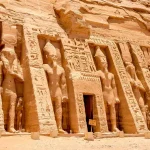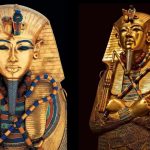The Narmer Palette
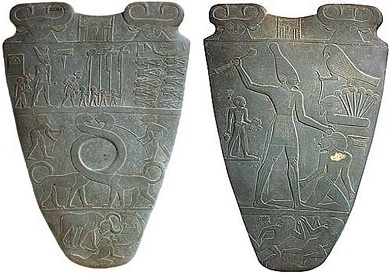
The Narmer Palette, dating to around 3100 BC, is among the most important artifacts of ancient Egypt, symbolizing the unification of Upper and Lower Egypt under King Narmer.
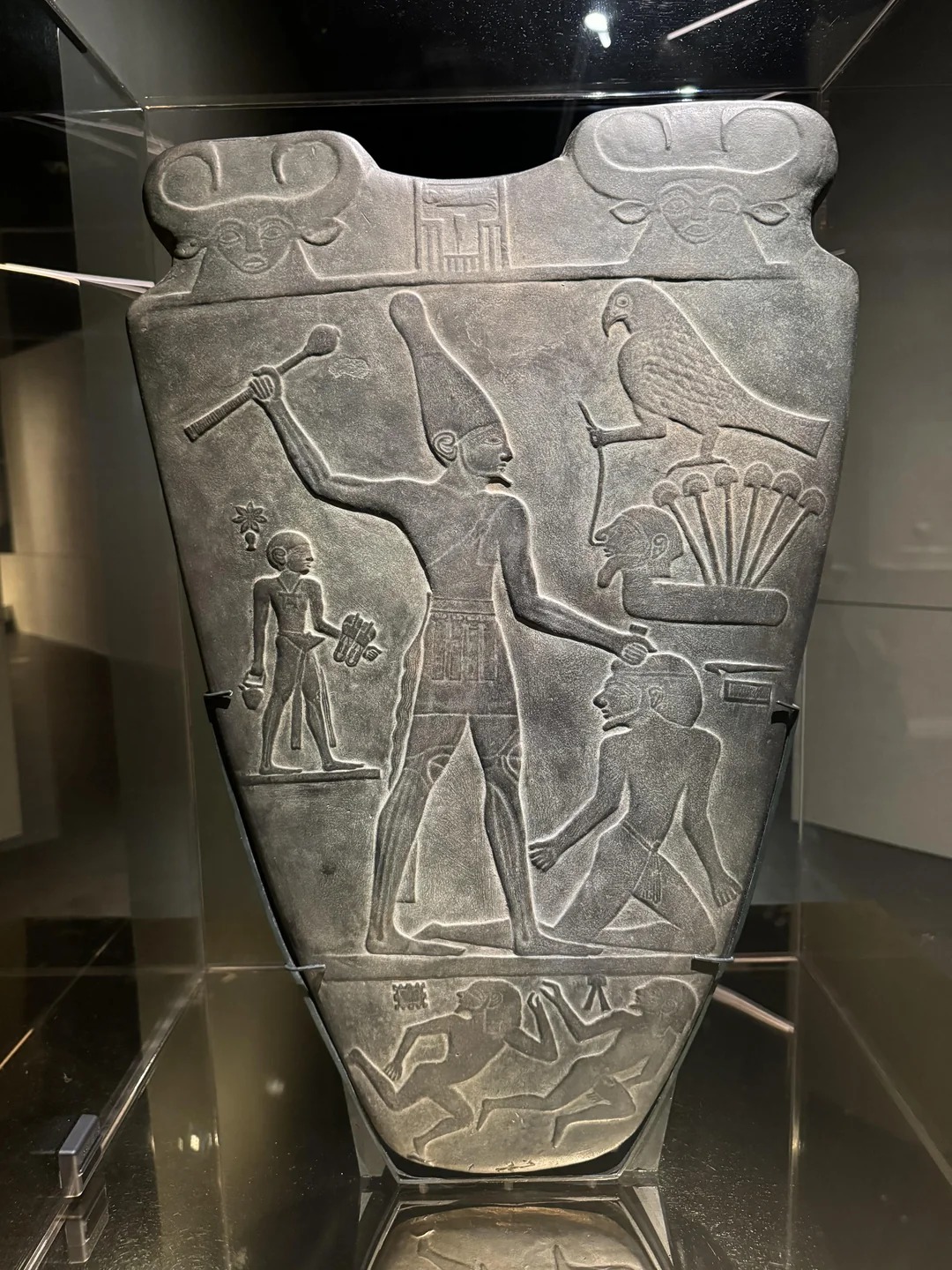
Carved from a single piece of siltstone, it features some of the earliest known hieroglyphs, making it a vital source for understanding the origins of Egyptian writing and state formation.
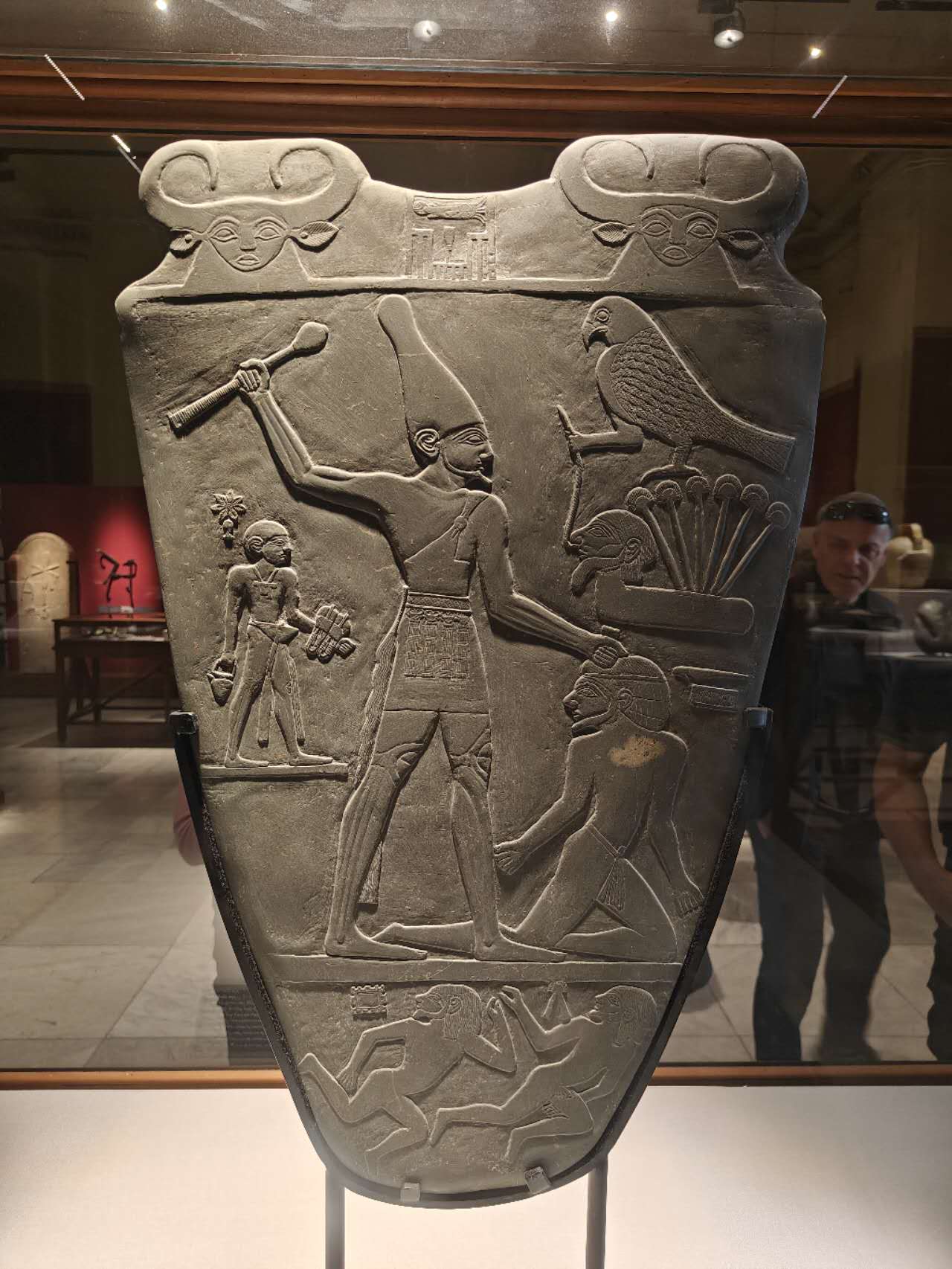
The scenes on the palette depict Narmer wearing the crowns of both Upper and Lower Egypt, signifying his authority over the unified land. Beyond its artistic value, the Narmer Palette marks a pivotal moment in history when Egypt began its transformation into one of the world’s first centralized and enduring civilizations. Today, it stands as a cornerstone in the study of early Egyptian art, symbolism, and political identity.


